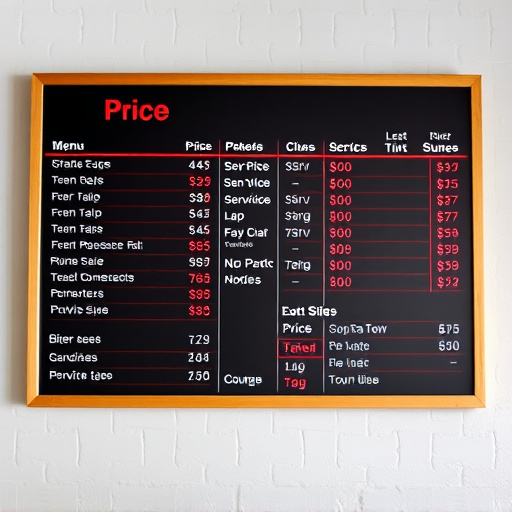Dyno testing, a dynamic assessment method, is key for evaluating Cold Air Intake (CAI) performance in vehicles. This involves exerting controlled power outputs to capture critical data during operation, analyzing effects of intake system modifications on horsepower, torque, and throttle response. By mimicking real-world driving conditions, dyno tests provide insights for fine-tuning engine performance, ensuring optimal power delivery, and enhancing vehicle dynamics. Advanced techniques like modern dynamometers, CFD simulations, and real-time data analysis ensure precise CAI performance testing methodology results.
“Unleash the power of your vehicle with a deep dive into dyno testing methodologies. This article guides you through the intricacies of dyno testing, specifically focusing on its pivotal role in evaluating cold air intake (CAI) performance. From understanding the basics to exploring advanced techniques, we dissect the science behind this game-changing practice. Discover how accurate CAI performance testing methodology enhances your vehicle’s capabilities, ensuring optimal power and efficiency. Get ready to revolutionize your approach to automotive tuning.”
- Understanding Dyno Testing and its Applications
- Cold Air Intake Performance Testing Methodology
- Advanced Techniques for Accurate Results
Understanding Dyno Testing and its Applications

Dyno testing, short for dynamic testing, is a powerful tool in the automotive industry, offering an efficient way to measure and analyze engine performance. This process involves subjecting an engine or vehicle system to controlled power outputs while capturing various data points to assess its behavior under different conditions. Dyno testing has evolved to become an indispensable methodology, especially for those focused on optimizing cold air intake (CAI) performance.
In the context of CAI performance testing, dyno setups allow engineers and enthusiasts to evaluate how modifications to the intake system impact engine metrics such as horsepower, torque, and throttle response. By creating a simulated driving environment, dyno tests provide valuable insights into the real-world performance gains or losses resulting from specific CAI designs or upgrades. This data is crucial for fine-tuning engine tuning, ensuring optimal power delivery, and enhancing overall vehicle dynamics.
Cold Air Intake Performance Testing Methodology

Cold Air Intake (CAI) Performance Testing Methodology is a crucial process in automotive engineering, designed to optimize engine performance and efficiency. This testing involves evaluating the system that delivers cold, dense air to the engine, enhancing its ability to burn fuel effectively. The methodology begins with preparing the test vehicle, ensuring all systems are in pristine condition and properly calibrated. Sensors are strategically placed to measure key parameters such as air flow rate, temperature, and pressure during different driving scenarios.
During the test, the CAI is subjected to various conditions, including idle, acceleration, and steady-state operation, simulating real-world driving situations. Engineers analyze the data collected from these tests using specialized software, which helps identify any performance bottlenecks or inefficiencies. This process allows for precise adjustments to the CAI design, ensuring optimal air intake for enhanced engine output and fuel economy.
Advanced Techniques for Accurate Results

In the realm of dyno testing, advanced techniques are pivotal for achieving accurate results, especially when gauging cold air intake (CAI) performance. Modern dynamometers are equipped with sophisticated sensors and control systems that allow for precise measurements of engine output and airflow. One such technique involves the use of computational fluid dynamics (CFD) simulations to model and predict air flow patterns within the intake system, ensuring optimal configuration for maximum airflow and efficiency.
Additionally, real-time data analysis plays a crucial role in refining CAI performance testing methodologies. Advanced data acquisition systems capture intricate details about engine behavior under various operating conditions, enabling engineers to identify bottlenecks and make data-driven adjustments. This iterative process, coupled with advanced testing techniques, results in refined dyno setups that deliver more accurate and reliable cold air intake performance testing methodology.
Dyno testing, particularly focusing on cold air intake (CAI) performance, involves advanced techniques that deliver precise results. By understanding the principles behind dyno testing and adopting methodologies like detailed cold air intake performance testing, engineers can optimize vehicle performance. Utilizing cutting-edge technologies ensures accurate data collection, leading to informed decisions for engine modifications. This comprehensive approach enhances both efficiency and power output, making dyno testing an indispensable tool in the automotive industry.














